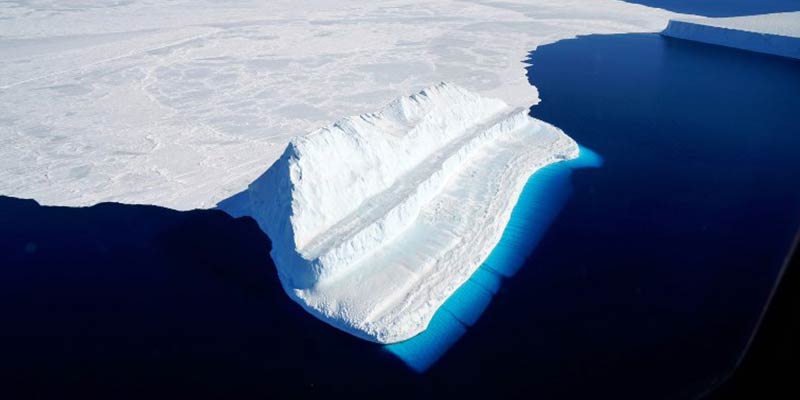- India
- Oct 05
Explainer / The Antarctic Treaty and Madrid Protocol
India is committed to curtailing carbon emissions in the Antarctic atmosphere and comprehensive protection of its environment and designation as a natural reserve devoted to peace and science, Union Minister Jitendra Singh said.
He was addressing an international conference commemorating the signing of the ‘Protocol on Environmental Protection to the Antarctic Treaty’ in 1991.
The Protocol on Environmental Protection to the Antarctic Treaty completed 30 years. Also called the Madrid Protocol, it was signed in Madrid on October 4, 1991 and entered into force in 1998 after ratification by all Antarctic Treaty Consultative Parties.
What is the Antarctic Treaty?
• The Antarctic Treaty was signed in Washington on December 1, 1959 by the 12 countries whose scientists had been active in and around Antarctica during the International Geophysical Year (IGY) of 1957-58.
• It entered into force in 1961 and has since been acceded to by many other nations. The total number of Parties to the Treaty is now 54.
• They are entitled to participate in the Consultative Meetings during such times as they demonstrate their interest in Antarctica by “conducting substantial research activity there” .
• As many as 17 of the acceding countries have had their activities in Antarctica recognised according to this provision, and consequently there are now 29 Consultative Parties in all.
• The other 25 Non-Consultative Parties are invited to attend the Consultative Meetings but do not participate in the decision making.
• The Protocol on Environmental Protection to the Antarctic Treaty was signed in Madrid in 1991 and entered into force in 1998.
• It designates Antarctica as a “natural reserve, devoted to peace and science”. Until 2048, the Protocol can only be modified by unanimous agreement of all Consultative Parties to the Antarctic Treaty.
India and the Antarctic Treaty
• India signed the Antarctic Treaty on August 19, 1983, and soon thereafter received Consultative Status on September 12, 1983.
• The country is one of the 29 Consultative Parties to the Antarctic Treaty. It is also a member of the Council of Managers of the National Antarctic Programme and the Scientific Committee of Antarctica Research.
• India has two active research stations: Maitri (commissioned in 1989) at Schirmacher Hills, and Bharati (commissioned in 2012) at Larsemann Hills in Antarctica. The country has successfully launched 40 annual scientific expeditions to Antarctica to date.
• The choice of combined heat and power for Bharati station to reduce carbon emissions in the Antarctic promotes India’s pledge to protect the environment, Jitendra Singh said.
• The minister said India also reaffirms its commitment to the Protocol on Environmental Protection to the Antarctic Treaty and claims to implement all decisions, resolutions and measures adopted at the Antarctic Treaty Consultative Meeting (ATCM) in the Indian Antarctic programme effectively, use green alternate energy system in both the Indian Antarctic research stations like solar panels and wind energy generators so compromising use of fossil fuel gradually and make station efficient with alternate green energy.
Manorama Yearbook app is now available on Google Play Store and iOS App Store

